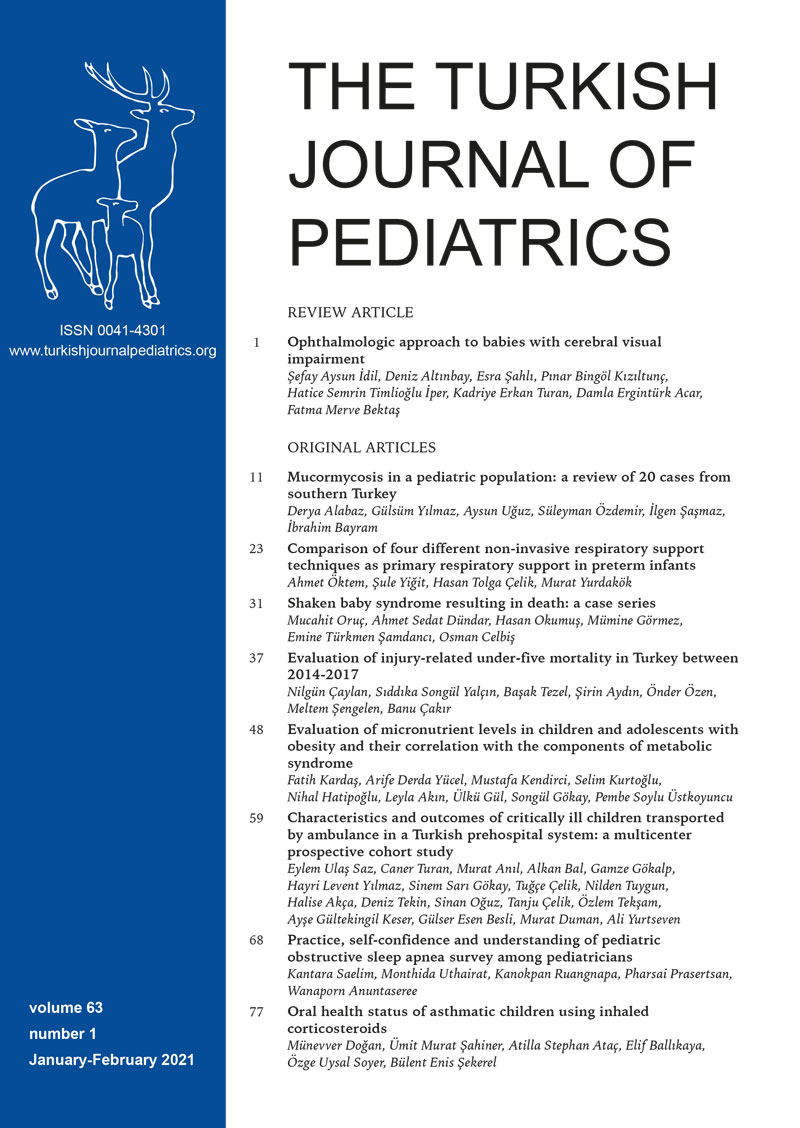Abstract
Background. Epileptic seizures might be associated with an increased risk of fractures, either as a result of trauma after a fall or as a result of excessive muscle contraction. In the pediatric population, excessive muscle contraction is a more significant risk factor for fractures, due to the lack of maturity in the musculoskeletal system, while antiepileptic therapy itself can lead to a reduction of bone density. Proximal humeral fractures in the pediatric population are not frequent but both proximal humeral fractures and shoulder dislocation increase the chance of brachial plexus injuries and peripheral nerve lesions.
Case. In this case report, we present a patient who suffered both avulsive greater tuberosity humeral fracture and anterior shoulder dislocation, initially diagnosed by radiography, with consequent brachial plexus injury of the left arm after an epileptic seizure followed by excessive muscle contraction. Electromyoneurography initially showed amplitudes` reduction in tested nerves along with signs of muscle denervation as well as clinical examination signs of the left arm muscular hypotrophy and hypoesthesia, especially in the left humero-scapular region. Electrotherapy and kinesitherapy as well as intramuscular dexamethasone injections administered three weeks after the injury finally improved the clinical examination findings in the patient.
Conclusion. The early detection of swelling compression, accompanied with appropriate therapy may prevent the progression of axonal damage and preserve the functional status of the affected limb.
Keywords: brachial plexopathy, children, seizure, shoulder trauma
Copyright and license
Copyright © 2021 The Author(s). This is an open access article distributed under the Creative Commons Attribution License (CC BY), which permits unrestricted use, distribution, and reproduction in any medium or format, provided the original work is properly cited.














